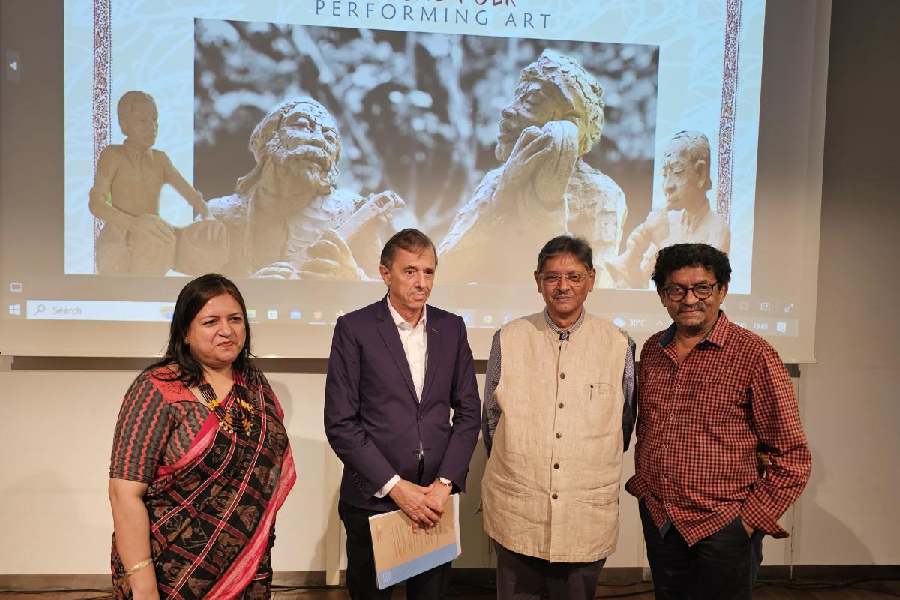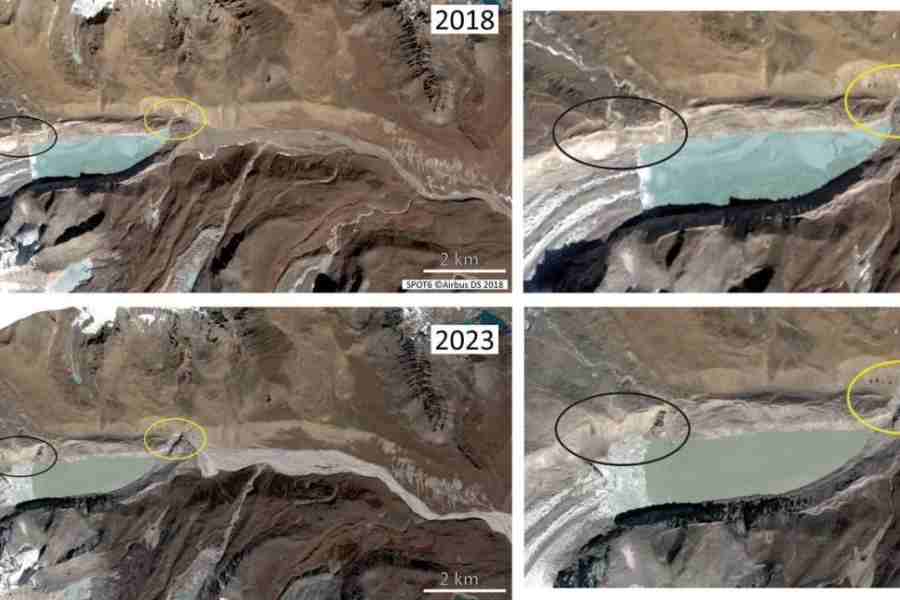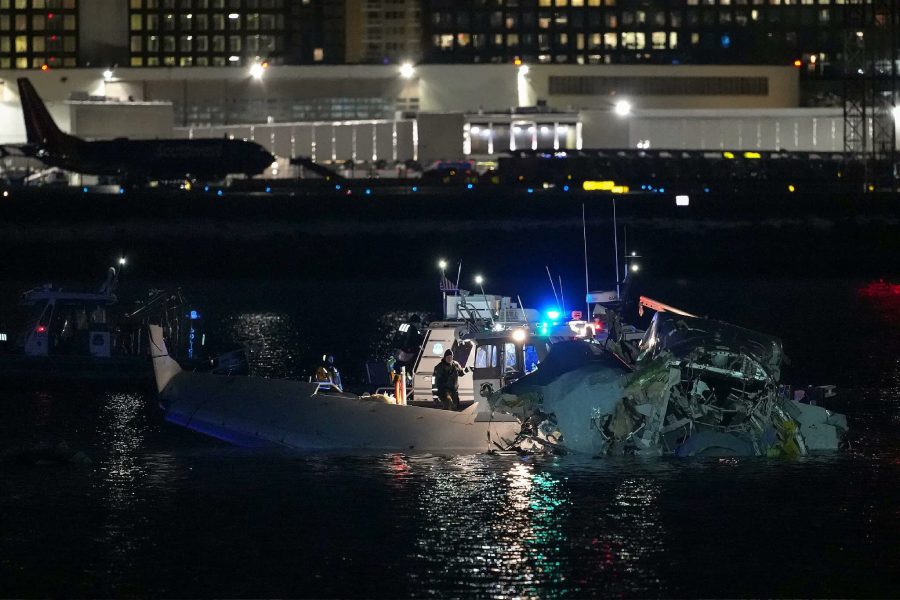Alkap, Bhadu, Biyer Gaan, Chang, Dasai, Dhali... The audience at the Max Mueller Bhavan auditorium recently witnessed glimpses on the screen of folk musical traditions of Bengal that most of them had not even heard of.
The occasion was the unveiling a website to document Bengal’s vanishing cultural heritage. The German consulate general funded the project.
The website — bengalfolkperforming.art — has video recordings of 39 types of folk performance arts shot on location in remote corners of the state where the tradition belongs.
The funding was given to the Kolkata Sukriti Foundation (KSF) under the Cultural Preservation Programme of the German Federal Foreign Office, which works with German and international partners to preserve historical and cultural testimonies to the history of mankind.
The next project they have pledged support to is for the preservation of the culture of the Nagaland tribes. I will be executed by Contact Base, another Calcutta-based NGO.
“It is important to recognise and preserve the intangible forms of performing arts for future generations. Responsibility for preserving cultural heritage does not end at national borders. In close cooperation with local authorities, Germany sees itself as responsible for protecting testimonies of human creativity. With support extended by us, we want to ensure that these treasures continue to inspire and captivate generations to come,” said deputy consul general Juergen Gerhard Kurzhals, who clicked open the digital repository.
Giving the audience a tour of the bilingual website, founder-secretary of KSF Abhijit Dasgupta said: “We shot for three months and spent another three in post-production. We took four offline and four online camera units, including two GoPros, a 360 degree and a drone. We used many cameras to shoot as this generation is used to a certain visual quality.”
The audience learnt about 32 types of Jhumur and 13 types of Biyer Gaan, meant for specific rituals like Mehndi Bata and Gaaye Holud.
“Murshidabad has its own set of wedding songs due to Muslim influence,” he said.
The team was excited to have documented Kaap, a martial dance from Purulia that is older than Raybeshe and Chhau.
Shooting Sarigaan, Dasgupta said, was also special as the event had to be arranged. The rowers’ song is sung, to the stroke of the paddles, during annual boating races in the Sunderbans.
Another rare documentation is Sapuriya Gaan, sung with a live snake entwined around the singer’s body. “The practice is banned now.”
Though the grant period has ended, 25-30 types of art forms have yet to be documented, Dasgupta pointed out.
“We did not get Jeleparar Swang (satirical song and dance against the excesses of society) and Chhad Petanor Gaan (sung while levelling
the roof).”
The occasion also saw the announcement of this year’s grant to Contact Base, which aims to help the tribes of Nagaland promote their heritage through technology.
“We will cover four districts of Nagaland — Chümoukedima, Kohima, Mokokchung and Mon. We will work with local communities to build their skills to use technology to share their stories with the world. For instance, they have excellent examples of community-led governance. Some villages have formed youth eco-tourism groups, which manage waste, protect birds and promote biodiversity. If we look at Naga textiles, they have shawls made of banana fibre. How can these products reach the global market? We will equip them with tools so they can narrate these stories,” said Ananya Bhattacharya of Contact Base.










